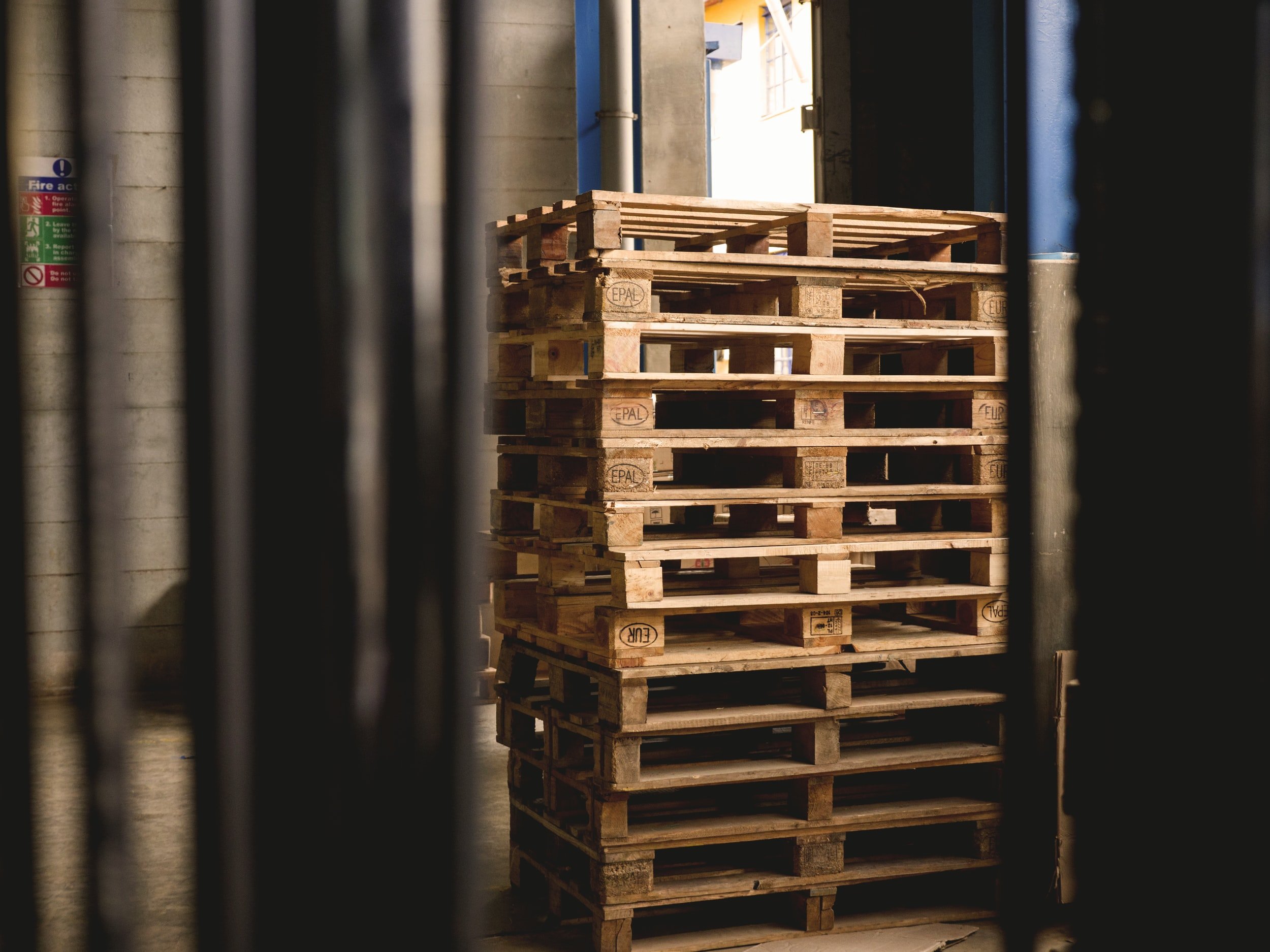HOW sustainable are pallets in environmental terms?
Given there are more than two billion pallets in use in the United States, with 700 million more made or repaired each year, it is important the pallet industry is doing its bit for environmental sustainability.
The good news is pallets are designed to be highly reusable, which is the best possible state of affairs for any good made today – every time a pallet is reused on a trip it means one does not have to be made.
The two main materials used to make pallets are wood and plastic, and each have their advantages and disadvantages.
Plastic pallets are less common but have the advantage of being pretty hardy things – it is hard to break one in the first place and when one does reach the end of its life, they are pretty easy to recycle into a new pallet as they are a high grade of plastic.
Environmentally, once they have been made they are pretty good – provided they are recycled and not sent to a landfill. Of course, they are made from plastic which itself is made from oil, a fossil fuel, which is why reuse is so important to offset that problem.
But the overwhelming majority of pallets are built from wood. As a renewable and regrowable material, wood can be highly sustainable – provided the pallet manufacturer is sourcing wood from sustainably farmed tree crops and ensuring new trees are being planted to replace the ones harvested for timber.
Other aspects to consider when selecting a timber producer is looking to see if they avoid the practice of clear cutting woodlands which can lead to soil erosion and loss of wildlife habitat – best practice is for selective harvesting of trees.
Another key factor into how sustainable a wooden pallet can be is to consider the type of wood it is made from – pallets are built from both hardwood and softwood trees, but hardwoods can take up to a century to reach a mature enough stage to be harvestable while softwoods grow much faster and are more easily replaced.
While a wooden pallet does not last as long overall as a plastic counterpart, they are very repairable – they are pretty low tech after all – but an average first life of a wooden pallet is between 15 and 20 trips.
If pallets are returned to pallet remanufacturers their lifespan can be vastly expanded with appropriate repairs to their structure. This can happen several times before the pallet becomes too deteriorated to be worth further repairs.
Even then, a pallet can have a sustainable afterlife rather than just being burned or thrown into landfill -many pallet makers can mulch the old pallet so it can be reused one last time, and eventually biodegrade in a sustainable manner as landscaping.
Recently, wooden pallets attracted an Environmental Product Declaration in the United States which means a third party has verified the transparency of the manufacturing operations in disclosing their environmental impacts of producing pallets.

